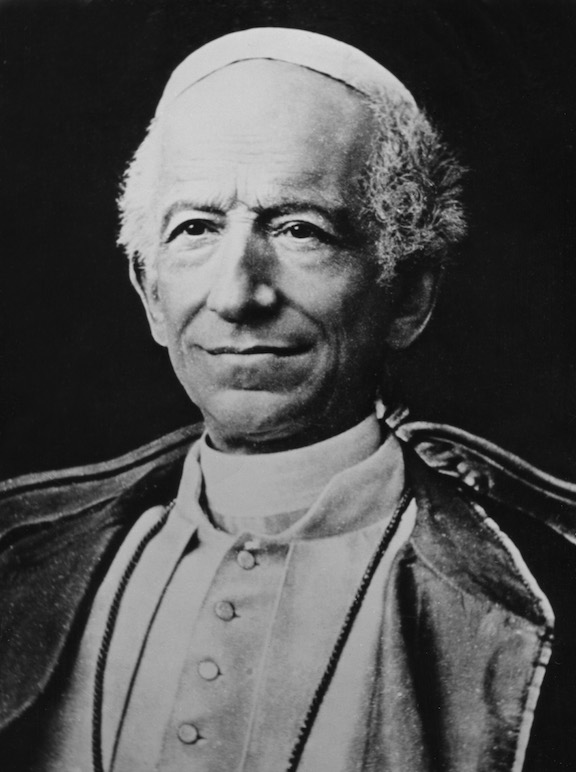A Bannon Apologia

Out of the blue in the summer of 2014, I received an email from Steve Bannon asking if I ever published anyplace other than Crisis and would I be interested in writing for Breitbart. I knew Bannon’s name from a weekly conservative coalition that still meets in Washington DC. Bannon occasionally called in but never appeared in person.
A few months later I sent him a piece about a new book puncturing holes in the Matthew Shepherd myth, that he was killed by homophobes just because he was gay but rather was killed in a deal gone bad by a fellow drug dealer and sometimes gay sex partner. That story ended up getting something on the order of 25,000 Facebook shares and thousands of comments. That was my introduction to the power of Breitbart.
It was also my introduction to the mission of Breitbart and to Steve Bannon, which primarily is to change the leftist narrative, which is sometimes impossible to change. Even now after Stephen Jiminez’s masterful investigative book on Matthew Shepherd, the left still lies about his death.
Andrew Breitbart dedicated his career to changing the narrative and taking down the establishment.
There is much stuff and nonsense said about Steve Bannon, particularly after Andrew’s untimely death, when Bannon became executive chairman. They say he has taken Breitbart News far from Andrew’s vision. It should be known that Breitbart is run by Andrew’s childhood best friend and his longtime business partner Larry Solov. The editorial staff is helmed by Andrew’s first employee Alexander Marlow. Andrew’s widow is still involved as is Joel Pollack, a kippah-wearing Orthodox Jew. There has not been some great disconnect from Breitbart’s death to the present day.
Bannon came onto the scene as a documentary filmmaker. He came out of investment banking where, among other things, he handled the sale of Castle Rock Entertainment and instead of taking a fee, took a piece of a series then in pilot called Seinfeld. Bannon and Breitbart made films together including the remarkable Occupy Unmasked that explains who is behind the masked rioters who are even now burning American cities. Bannon became a partner in Breitbart News, bringing cash, vision, and drive.
The stuff and nonsense about Bannon includes that he is a “white nationalist,” and that he and now Breitbart News are racist, xenophobic, and anti-Semitic. Certain Breitbart stories are trotted out to make the point; David Horowitz’s story calling Bill Kristol a “renegade Jew” for a political position Horowitz said would have exposed Israel to a nuclear Iran; Milo Yiannopoulos’s perhaps too gleeful story explaining the “alt-right.” There is also Bannon’s quote from last summer that Breitbart is a “forum for the alt-right.” Bannon also said he is a “Leninist” and “Thomas Cromwell in the Court of Henry VIII.” This last quote was from after Bannon joined the Trump campaign.
Here is the Bannon I know. He is brilliant, salty, visionary, and driven. Did I say salty? Very salty. He can be loud and some say bullying but he’s just a tough boss, something even young snowflakes on the right aren’t used to.
Bannon never sleeps. Over almost three years I wrote several hundred stories for Bannon and Breitbart. I might be trading emails with Bannon at midnight, go to bed, and at 6 a.m. see he was still emailing me at 3 a.m. He and Trump are similar that way. I suspect they email each other all night long.
He is broadly and deeply read. I took Robert Reilly on the Breitbart News radio program on Sirius Satellite Radio one morning to talk about his then new book Making Gay Okay: How Rationalizing Homosexual Behavior is Changing Everything. We sat down in the studio, went live, and quite unexpectedly Bannon launched into a half hour debate about a Theban general named Epaminondas, whom Cicero called “the first man of Greece” and who had two or three male lovers, one of whom he was buried with. Bannon knew everything about this man and about the political and military issues of those days. Reilly gave as good as he got. I could only sit and watch. Walking away, Reilly said, “That was amazing.” You get the feeling Bannon can do this on almost any topic.
Bannon is visionary; he engineered the expansion of Breitbart with bureaus in California, Texas, London and Jerusalem—odd for an anti-Semitic site?—with more to come in France and Germany. He took Breitbart from an also-ran conservative site to one of the largest sites of any kind in the world. He started Breitbart News radio that is now a daily show on the Sirius XM Patriot Channel. And he had a vision on how to take over the conservative movement and supplant the GOP establishment.
One thing people don’t know is that Breitbart publishes a huge amount of Catholic content. I call it the largest Catholic site on the net. Bannon moved the radio show to Rome to cover the canonization of John Paul II and John XXIII live. He hired former priest Thomas Williams to report from Rome and Williams files Vatican and other Catholic news constantly. I wrote on Catholic topics all the time, as do many other Catholic writers on Breitbart. Breitbart’s editor-in-chief Alex Marlow is a Catholic who in recent years has reengaged his faith.
I call Bannon a non-practicing orthodox Catholic. I am not aware that he dissents from any teachings of the Church, still I am not aware that he practices the faith. It could have something to do with three ex-wives. But it should be understood there is a difference between weakness and dissent. Moreover, he came this close to going with me on a retreat a few years ago. Maybe one day.
So, what about the things he has said? Bannon did not prepare all his life for this moment in the public square, most especially this moment in the global spotlight. Like Trump, he is not airbrushed like so many bland talking-head-type politicians these days, those guys who have planned to be president since the seventh grade. Have you seen those pictures of Bannon just last year sitting on the couch at the Breitbart Embassy behind the Supreme Court? He sits there in short pants, white legs, wrinkled shirt, three-day growth, unkempt hair. This is not a guy who expected to be in the White House a few months later. Even during the campaign, you could see him walking in his cargo shorts and canvas coat alongside dapper Donald Trump.
“We are a forum for the alt-right,” he said. I suspect that Bannon considered the alt-right to be nothing more than young guys on the Internet who were sick of globalization, illegal immigration, Mitch McConnell, and National Review. And what he was no doubt referring to was the comment boxes of Breitbart, which are lengthy, bawdy, scatological, and often hilarious.
“I’m a Leninist.” Yes, Bannon is a revolutionary but not a Bolshevik. He wants to overturn the GOP establishment that seems incapable of doing anything they promise to do and seem utterly indifferent to those Bannon calls “Hobbits from the Shire.”
There are hundreds of radio hours the Washington Post and others are scouring right now for more shocking things Bannon has said. They reported recently that he said something about going to war with China on the radio so now the Trump administration is supposed to be going to war with China.
Much of what he has said is Bannon riffing, having fun, shocking the lefty reporters. What the left and sadly some conservatives have done is take these quotes and spun dystopian fantasies about Steve Bannon. The best glimpse into the thinking of Steve Bannon is the lecture he gave via Skype to a conference at the Vatican two years ago. You can find the transcript online. There is also his interview with Kimberly Strassel a few months ago in the Wall Street Journal. What you will find is not a cartoon villain but a deeply thoughtful man.
Bannon always called Breitbart “Fight Club” and the highest compliment one could get at Breitbart’s Fight Club is “Honey Badger.” When Bannon and Marlow called me this one day, I had to look it up on YouTube. He is a tough determined and utterly fearless little animal that takes down anything in his way including bigger and nastier creatures. To put it politely, “Honey Badger, doesn’t give a hoot.”
So, there is the seeming contradiction; Bannon is a deeply thoughtful pugilist who does not care what you think. Some will say this is a recipe for disaster. I say it’s just what we need.
(Photo credit: Gerald Herbert / AP)
![Muhammad (right) converses with Abraham (left) in Paradise [Persian, 15th century]](https://www.thecatholicthing.org/wp-content/uploads/Mo_and_Abe.jpg)





